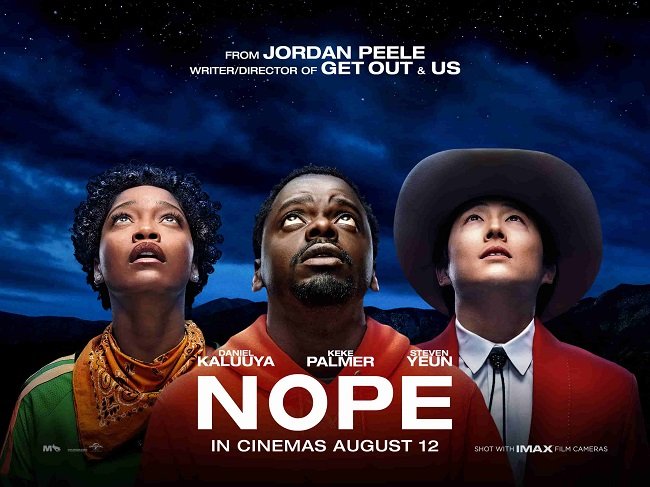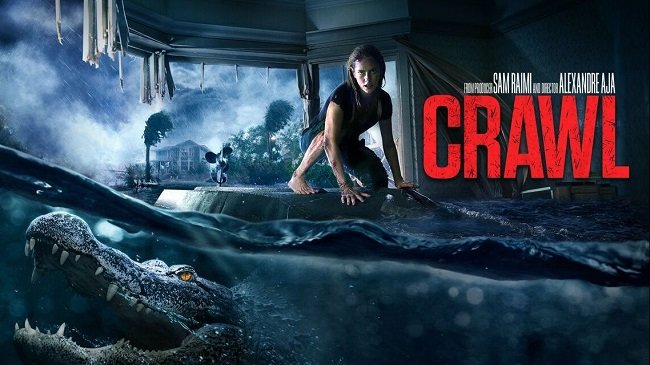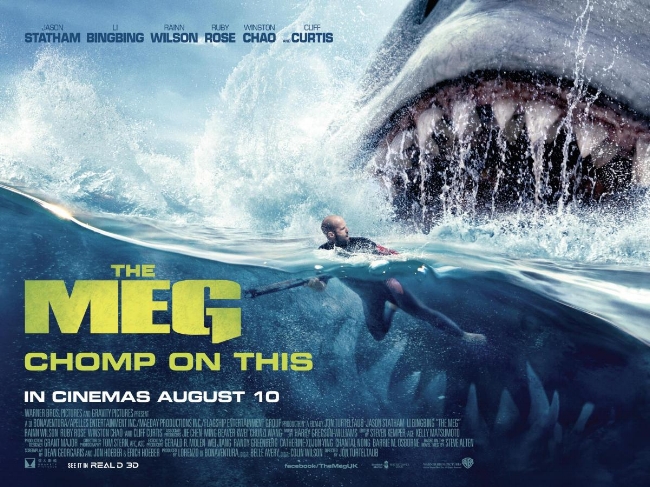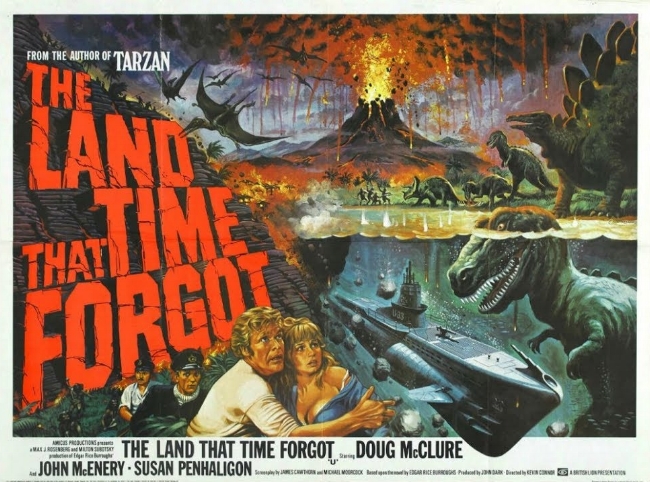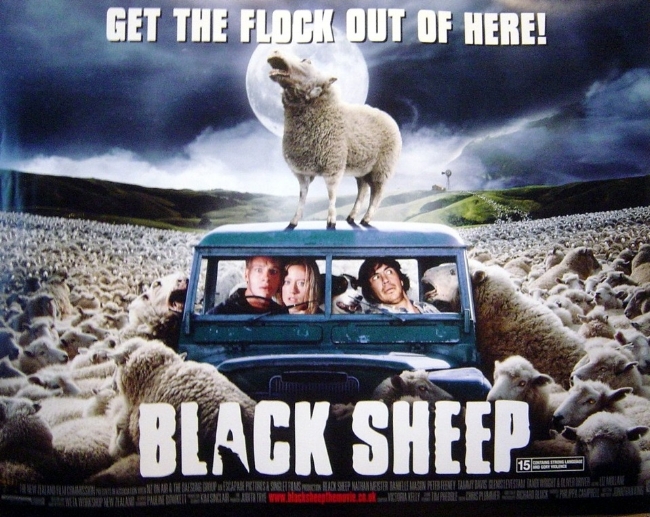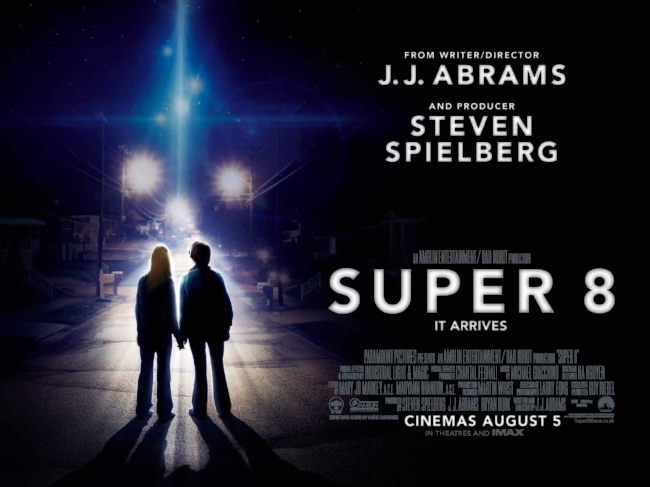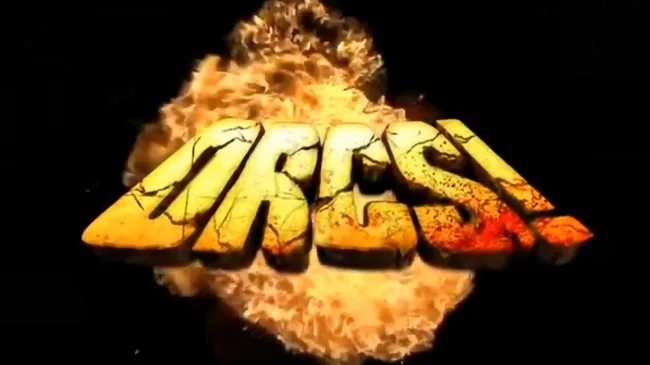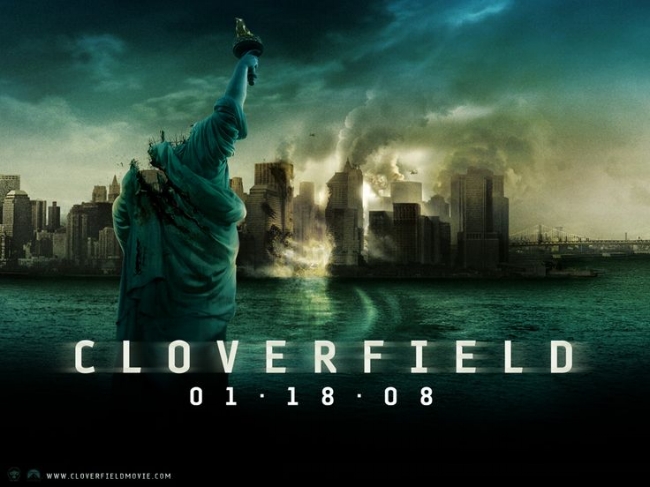Jurassic World: Fallen Kingdom (2018)
Critical opinion was very much split this summer when Jurassic World: Fallen Kingdom was released. However, the viewers were somewhat indifferent to the opinions of the professional critics and the movie made a healthy $1,303,476,615 globally, proving once again that the public’s’ continuing love affair with “all things dinosaur” shows no sign of abating. When you factor in the home media market into overall profits, the entire Jurassic Park franchise will have made $5 billion worldwide. So, bearing in mind the old adage that “money talks and bullshit walks”, I think it’s safe to say there’ll be more instalments in the years to come. When faced with such overwhelming box office popularity it seems somewhat pointless to dissect the latest movie, because the film seems to be bullet proof regardless of narrative flaws or ill-conceived plot devices. However, film criticism isn’t about box office popularity but about analysing the relative quality of a movie’s construction and its subsequent standing.
Jurassic World: Fallen Kingdom is a film of two distinct halves. The first follows a tried and tested formula and although technically accomplished, doesn’t really offer anything new. In fact, I’d go so far as to say it retreads a lot of ground previously covered in The Lost World: Jurassic Park (1997). As a U.S. Senate hearing in Washington, D.C. debates whether Isla Nublar's dinosaurs should be saved from an impending volcanic eruption, Owen Grady (Chris Pratt) and Claire Dearing (Bryce Dallas Howard) return to the island on behalf of business man Benjamin Lockwood (James Cromwell) who has offered the animals safe haven in a nature reserve. However, his aide, Eli Mills (Rafe Spall) has different plans, looking to sell off the dinosaurs to private investors. Which brings us neatly and conveniently to the second half of the film in which the dinosaurs are returned to Lockwood’s big country estate and the subsequently escape. There is also a further variation on a theme, where the bones of the deceased Indominus rex have been used to create a further hybrid using Velociraptor DNA harvested from “Blue”. Naturally this new beast, the Indoraptor, becomes the antagonist of the last hour of the film.
It is the second half of Jurassic World: Fallen Kingdom that is the most enjoyable, as it affords director J. A. Bayona the opportunity to be creative and take the franchise in a different direction to previous instalments. As an experienced director of supernatural dramas, the movie takes an interesting step into the Gothic horror genre. The Indoraptor escapes and stalks Lockwood’s granddaughter Maisie (Isabella Sermon) around the mansion, invoking a great deal of traditional horror imagery, tropes and homages. There is skilful use of silhouettes and flickering lights whilst prowling around a distinctly Gothic mansion, that looks like it came straight out of The Haunting of Hill House. The dinosaur is treated more as a traditional horror movie antagonist such as a vampire or ghost, rather than a beast in a classic “creature feature”. The climax set on a fragile glass atrium could have come straight out of a Hammer horror movie, during the studio’s heyday.
Once again, I wish to return to the subject of the PG-13 rating that seems to dominate the box office at present. A film that is predicated on big dinosaurs eating people is by its very nature going to have to show some degree of violence at some point. However, the parameters of the rating mean that such depictions are going to have to be less than graphic. Therefore, as ever the devil lies in the detail. Jurassic World: Fallen Kingdom works round this issue creatively. Firstly, sound is often used to bolster the onscreen violence, or relative lack of it. A dinosaur will stoop to devour someone in a relatively close shot, with the victim predominantly outside of the frame. Bone crunching noises, screams and tearing sounds are then used to embellish the scene. Furthermore, the death of second tier villain, Ted Levine, is a text book example of how to frame a rather unpleasant act of physical mutilation, without showing too much. It is incredibly clear what has happened, but it is not shown in explicit detail. These innovative workarounds of restraints of the rating are becoming increasingly common. For further details, go watch Kong: Skull Island and the latest Tomb Raider.
Now not all of these visual affectations discussed in the second half of Jurassic World: Fallen Kingdom work. There’s a noticeable tonal shift from the movies first hour and for some its a little too obvious, but I would argue that it’s all a welcome change to a franchise that up until now has been very set in its way. The ending of Jurassic World: Fallen Kingdom clearly indicates where the producers want to take things next. If the studio follows through, then the next instalment will be a far cry from the initial concept of dinosaurs in an amusement park. There is scope for an interesting and extensive exploration of the idea of the human race having to co-exist with another species. The ramifications both on land and at sea are ripe for dramatisation. In the meantime, if you simply want some big budget, glossy dinosaur fun then Jurassic World: Fallen Kingdom can provide that. If you dig deeper, you’ll discover an interesting franchise experiment brought about by the involvement of atypical director, which is a rare thing these days.







